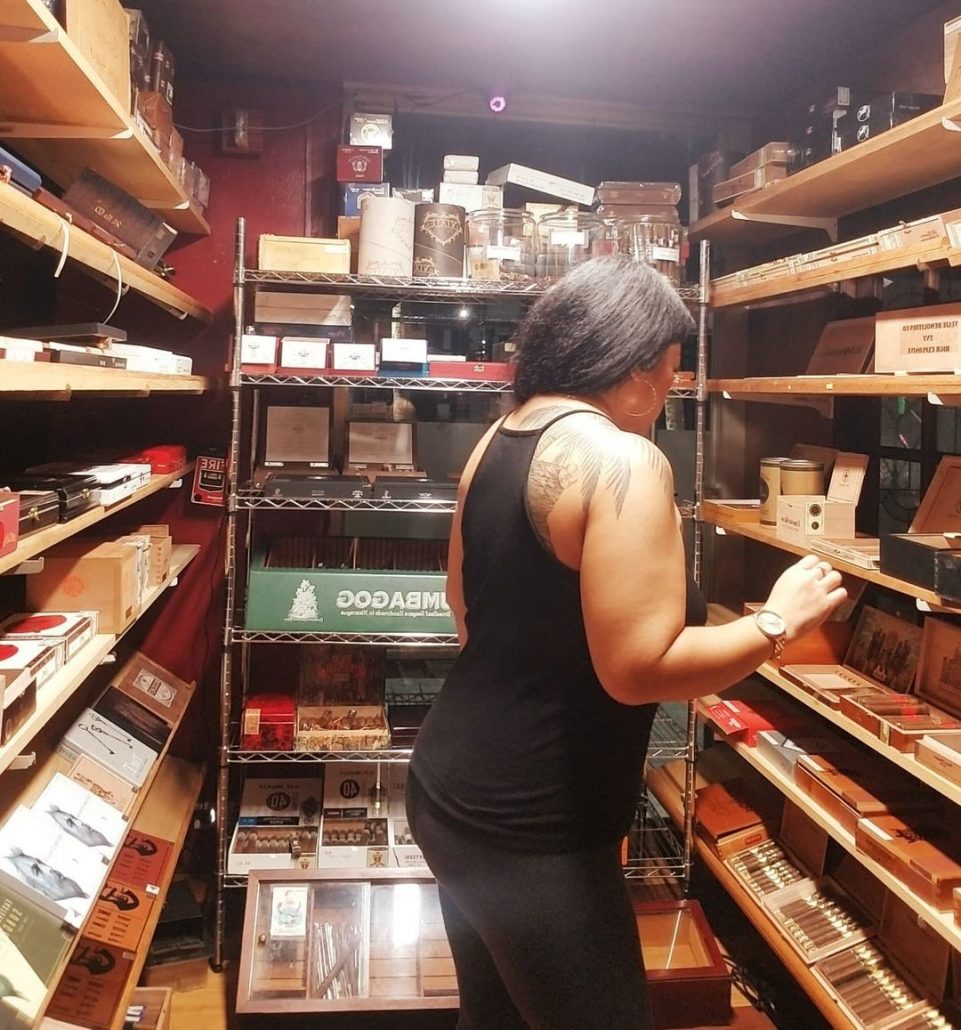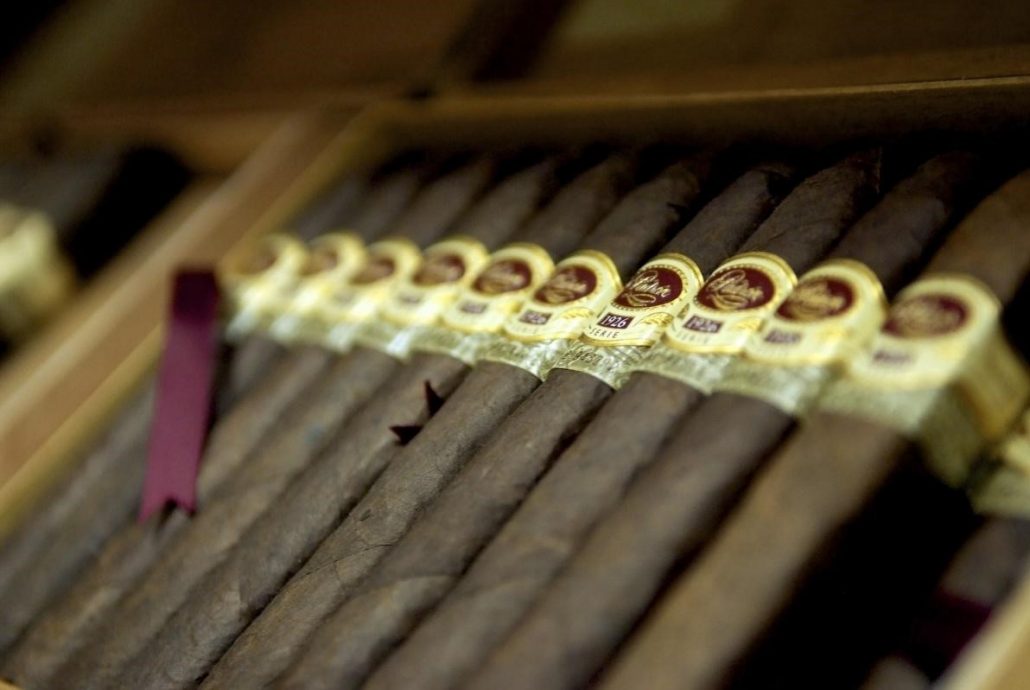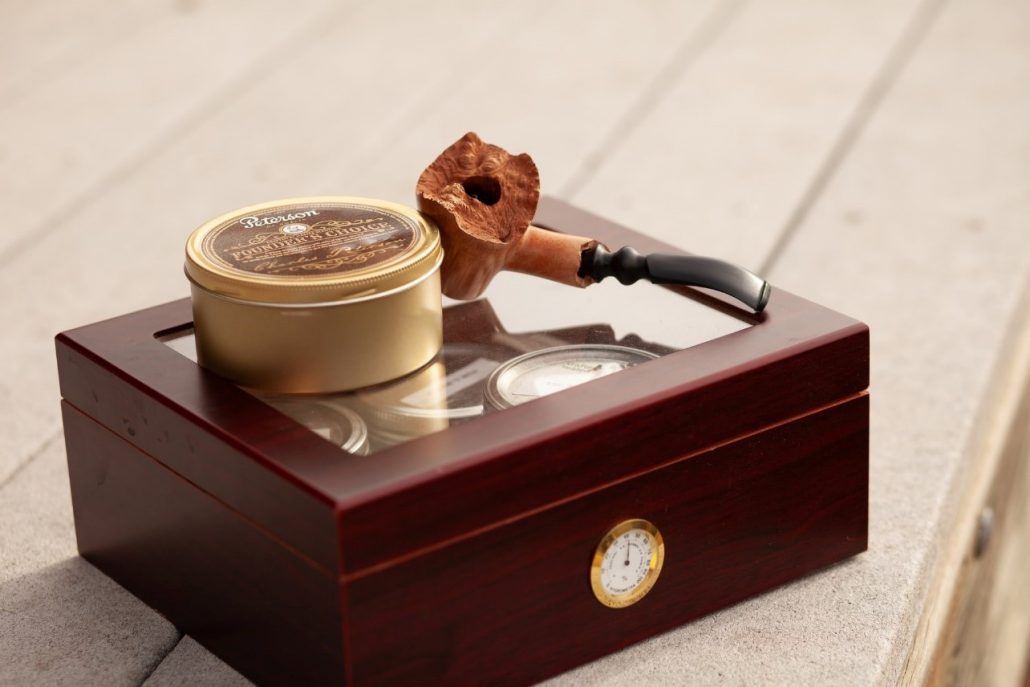main
Build Your Walk-in Cigar Humidors In an Easy Way
Introduction
For cigar collectors, walk-in humidors are the source of pleasure and contentment. While cigar storage is often accessible to the wealthy and privileged class, you can now make your humidor at an economical budget. You can even save walk-in humidor costs by making smart choices. Building a walk-in humidor seems relatively easy to execute than it is.
A perfect walk-in humidor maintains the required humidity and temperature irrespective of the outdoor climate; it is quite similar to building a self-contained ecosystem at your workplace or home. You can display your collection in a customized room or a specified place specially designed for storing cigars.
Indeed, a walk-in humidor is credibly the cigar equivalent of a wine cellar. If you’ve ever visited a tobacconist or a cigar shop, you’ve probably perceived it yourself. While shops usually have exorbitant rooms for commercial use, it is possible to have one at home.
What is a Walk-in Humidor?
A walk-in humidor is a distinct congenial space for keeping cigars where you can make comfy yourself. With numerous cigars of different shapes, sizes, and brands on display, walk-in humidors can yield a fantastic experience.
Although, finding your way around massive inventory and tamping down your choice can be intimidating and challenging. One of its obvious benefits is that it gives you aging space and huge storage for cigars, which you can easily access. A well-maintained humidor enhances the life of your cigars.
Meanwhile, its downsides are that it takes colossal space and requires constant and careful maintenance. Normally, a customized humidor is smaller than that of the shop. Likewise, these shops are constructed by contractors. As the craftsmen in question are usually experts, it is one of the highly-priced jobs.
Why Make Your Walk-in Humidor?
Firstly, it is possible to build your walk-in humidor. Even though it will still be a big expenditure, you can notably reduce walk-in humidor costs by appointing any specialist to do it. Nevertheless, there are numerous exciting ways to design one that suits you. Each type has its benefits and stumbling blocks as well as essential factors keeping in mind.
Types of Walk-in Humidor
- Freestanding Walk-in Humidor is a self-contained portion within a room. If you are uncomfortable with DIY, it’s one of the best options to set up yourself.
- Partial Room Conversion Walk-in Humidors are ideal for you if you have a spacious room where you can use one portion for this purpose. For the people who enjoy DIY, this one would be an entertaining task.
- Full Room Conversion Walk-in Humidor enables you to make a giant humidor. In contrast, you won’t be making new walls or partitioning anything. Hence, it relatively minimizes the walk-in humidor cost.

What Do You Need to Make Your Own Walk-in Humidor?
For those who want it in a man-cave, basement, or study, or if you prefer to install it within your conform zone, or even if you designate an entire area for this purpose, building a walk-in humidor is always a perfect choice.
With proper installation, your cigar will build up a better and distinctive flavor with age. Most cigar lovers will agree that a cigar usually develops the best taste after two to five years in a well-regulated humidor. Here, we describe the essential factors that will make your work easy while building a walk-in humidor:
- Perfect location
- Proper sealing
- Efficient ventilation system
- Ready-made shelves
- Wall linings
- Flooring
- Humidifiers
- Temperature Control
- Lighting
Let’s discuss these parameters in detail.
1. Perfect location
First of all, you have to choose the perfect room for a walk-in cigar humidor. Once you have selected the room, decide on installing the preferred type according to your budget and skills. Ensure that you have checked the temperatures during the day and night, especially during extreme seasons.
If you feel it is too hot or too cold, decide whether you should install an air conditioning system. You may choose a different location if the conditions are not suitable. Be mindful of the fact that you have suitable lighting and enough power outlets. If not, arrange the best electrical work. Likewise, consider the proper steps for the installation of air conditioning or ventilation system.
2. Proper sealing of walk-in humidor
Bear in mind that before fabricating any devices or shelves, examine the room for draughts and air leaks. Sufficient sealing of humidor will save you from unwanted leakage of humidity and heat. Make sure that there are no gaps in the room. In case of any opening, fill them accordingly. Keep in your mind that doors require rubber gaskets while panels may need silicone grouting.
If you are constructing a wall, check out all draughts as they cause air exchange. With the traditional method of detecting draughts, you may hold candles near the suspected gaps. If it glimmers, you’ll identify the places which require sealing. Be mindful; flooring may have gaps. You can check out the best flooring materials that you should use in a walk-in cigar humidor.
3. Efficient ventilation system
Contrary to general belief, a walk-in cigar humidor requires ventilation for the circulation of fresh air. Fresh air saves from dump and mold. Although, it does not mean that the humidor should not be sealed as mentioned. Indeed, you need to control all ventilation sources strictly.
Keep in mind that ventilation thoroughly depends on the size of the room. The number of times you open the door also counts. Mainly, a small room does not require ventilation if you visit it frequently. However, in the case of a big room, you may need an air conditioning system in your house or install a timer if you rarely visit.
4. Ready-made shelves

Take on board that the Spanish cedar is one of the highly recommended materials for shelving. Though, you can choose other materials as well. People typically admire Spanish cedar due to its numerous benefits.
Spanish cedar generates a pleasant aroma and also acts as a natural repellant for insects. You can either purchase ready-made shelves or make them yourself. Standard sizes at reasonable prices are available, which can automatically affect the walk-in humidor cost. Be mindful of retailers that specialize in modular and customized shelving that you can easily integrate.
5. Wall linings
Commonly, people believe that cedar is necessary to line all the walls in a walk-in humidor. Nevertheless, it’s not the matter; you can select other covers alternatively. For instance, okoumé is one of the famous timbers usually utilized in wardrobes and some walk-in cigar humidors.
You can also choose different substances like metal, hardwood, including plastic indeed. Avoid any complex, high-standard varieties of cedar that may damage cigars. Take into consideration that if you decorate or seal any surfaces, make sure that they are properly ventilated during drying.
Be aware that never use Spanish cedar in the humidor’s interior while you may use it on the exterior to amplify its appearance and seal. You can also opt for polythene sheets because they can act as vapor barriers.
6. Flooring
Keep in mind that you have several options while choosing the floor of walk-in cigar humidors. Ceramic tiles are the best option because it preserves the humidor’s moisture. But its drawback is that it increases the walk-in humidor cost. You can also opt for flat boards, but you need to seal the gaps properly in this case. Otherwise, they won’t warp due to humidity.
Another reasonable option is linoleum. You can install linoleum between the flat boards and vapor barriers for safer results. It is cheaper as well. Excellent imitation wood vinyl planks are also available in the market, which ultimately reduces the walk-in humidor cost. Meanwhile, they are economical and more durable than wood. You can easily install them.
7. Humidifiers

Reckon that passive humidifiers, generally used in cabinets and humid boxes, are insufficient to humidify the entire space. That’s why active humidifiers are the best solution. With the most common humidifier, like a fan blowing over water, you can redirect moisture into the area.
Don’t forget to position some units at height while the others will work well on the floor. Have a sight on those humidifiers that allow you to install a water line or even refill the reservoir when required. Having a customized waterline will help you in saving time and maintenance jobs while working in larger humidors.
Related: best humidor humidifiers
8. Temperature Control
Temperature control is the essential factor. You need to maintain a consistent temperature. With the excessive temperatures on days and nights, cigars can damage while gradual seasonal changes do not affect much. Likewise, low temperatures hardly cause any issue unless they become closer to 41°F (5°C). Although, normal room temperatures 70°F (21°C) or cellar temperatures 50°F (10°C) are fine. Call to mind that if the temperature exceeds 72°F (22°C), tobacco beetle will outbreak.
If it ever happens, you’ll have to take the necessary measures to control the temperature. Installing a portable air conditioning system is a good idea. In this case, you have to install a vent to expel the hot air. But the good news is that most of the AC units are already equipped with built-in dehumidifiers.
9. Lighting
If your visits are more frequent, consider using bulbs with ultra-violet and infra-red levels. Typically, people choose LED lighting because they generate minimum heat. With lots of shelving, you may need to install additional lighting. Otherwise, shelving can cast a shadow on cigars, and it will become hard for you to see your collection.
Not lose sight of the fact that many lighting installations are not a budget-friendly option and may highly increase the walk-in humidor cost. Instead, some LED spots will light up your cigar collection.

How to Build a Walk-in Humidor?
By following simple steps, you can build your walk-in cigar humidor:
- Choose the room in which you want to build your humidor.
- Install ceramic tiles on the floor because they are excellent in minimizing warping in humidity.
- Install Spanish cedar wall linings. If you find it expensive, you may use other materials. But be observant as they cause odors that can easily damage your cigars.
- Install Spanish cedar shelves. Place them at a 40 to 45-degree angle to make your collection accessible.
- Install lighting with either compact fluorescent bulbs or LED. Make sure that your lights are not directly pointing at your cigars.
- Install a thermometer and an automated humidifier. Choose the size of the humidifier according to your humidor size.
- Lastly, season your humidor by wiping down the shelves and lining them with distilled water.
How to Maintain Your DIY Walk-in Humidor?
Bear in mind that your DIY walk-in cigar humidor also requires maintenance. First of all, season your humidor. Secondly, you need to check the humidity levels of your humidors after every two weeks. If you find it below 65%, add distilled water. Remember, never use tap water because it contains chlorine and other minerals, which will ultimately clog your humidifier.
While adding the distilled water, ensure that the humidor is not leaking by drying off the surface. Keep your humidor in a cool and dry atmosphere to prevent mold. Never install your humidor in direct sunlight. With high temperature or humidity levels, your cigar may develop fungus and ruin. Maintain the temperature between 65-70 degrees. Take into consideration that cigars should not block the vents.
Conclusion
Possibly, you may feel reluctant to install your own due to the walk-in humidor cost, but your cigars deserve special care. By now, most likely, you’ve figured out that you should build your walk-in cigar humidor to store your cigars.
Properly plan yourself for a DIY walk-in humidor before executing. Doubtlessly, humidors enhance your cigars’ life; they preserve their quality and flavors for a longer time. Reckon with the fact that humidor not only protects your cigars but also depicts your personality, choice, and lifestyle.
What Next?
Now since you have learned something about how to make a walk-in humidor, why don’t you also check out our other related guides as follows:
- DIY humidor
- 9 best humidors
- Humidor solution
- Best humidor hygrometers
- Best small humidors
- Cigar humidity
- Humidor seasoning
- Best cabinet humidors
- Best cigar accessories

